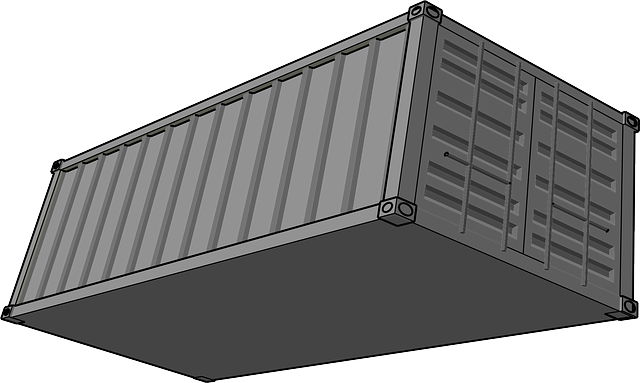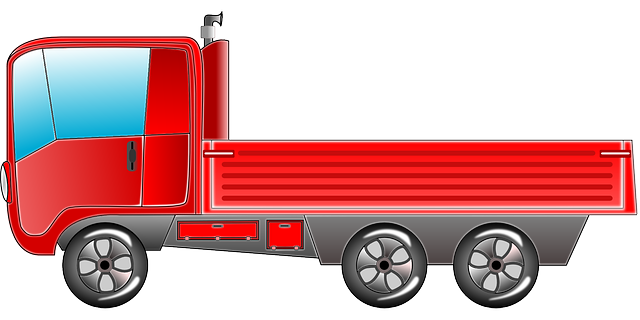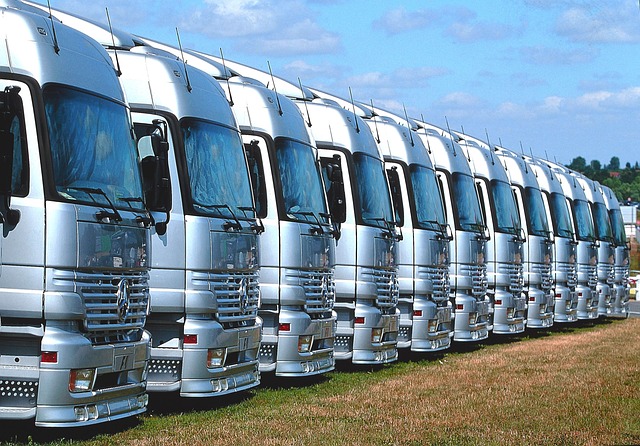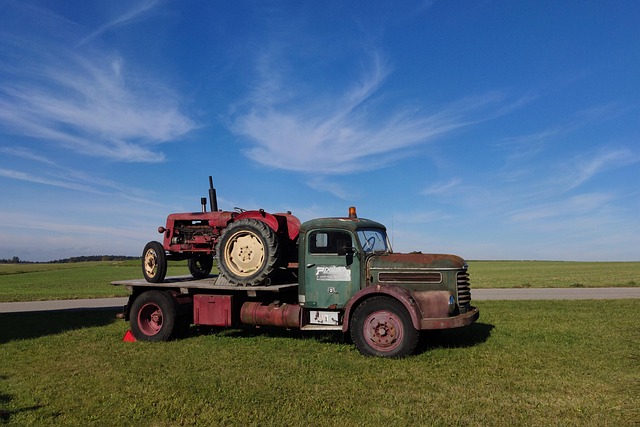Small businesses relying on trucks face challenges insuring their diverse fleets due to varying vehicle types and usage patterns. Effective insurance requires tailored coverage for liability, property, natural disasters, roadside hazards, and mechanical failures. Insuring multiple vehicles under a single policy can simplify management but may reduce customization and increase costs. Strategic consolidation, leveraging technology like telematics, and digital platforms streamline processes, enhance communication, and potentially lower premiums while ensuring adequate protection aligned with each vehicle's risk profile.
Navigating the complex landscape of insuring small fleets under a single policy can be daunting for business owners. This comprehensive guide delves into the unique challenges and offers strategic solutions for efficient fleet insurance management. From understanding specific small business truck insurance needs to exploring the benefits and considerations of consolidated coverage, this article provides invaluable insights. By the end, you’ll be equipped with knowledge to make informed decisions tailored to your small fleet’s protection.
Understanding Small Business Truck Insurance Needs

Small businesses, particularly those relying on trucks for operations, face unique challenges when it comes to insurance. Understanding their specific needs is crucial in navigating the complexities of insuring small fleets under one policy. Small business truck insurance isn’t a one-size-fits-all proposition; it requires careful consideration of various factors. These include the type and size of vehicles, usage patterns (local delivery vs. long-haul transportation), and the industry’s inherent risks—for example, construction sites pose different dangers than retail deliveries.
Moreover, small business owners must account for liability coverage, which protects against claims related to accidents or damage caused by their trucks. Property insurance is also essential, covering the vehicles themselves against theft, vandalism, or damage during operation. Additionally, comprehensive insurance options can help mitigate risks associated with natural disasters, roadside hazards, and mechanical failures. Tailoring these components to align with the business’s unique needs ensures adequate protection without unnecessary costs.
The Challenges of Insuring Multiple Vehicles Under One Policy

Insuring multiple vehicles under one policy can present unique challenges for small businesses, especially those relying on fleets of trucks to operate efficiently. Each vehicle has distinct characteristics and risk profiles, from age and mileage to usage patterns and driver histories. Combining them into a single policy requires insurers to assess the aggregate risk accurately. This complexity often results in more stringent underwriting standards and potentially higher premiums, which can strain small business budgets.
Moreover, consolidating fleet insurance under one policy may lead to less customized coverage. Traditional small business truck insurance policies are tailored to individual needs, offering specific protections for different types of vehicles and operations. Merging them into a single package might limit this level of customization, leaving certain aspects of the business under-insured or inadequately covered. This is particularly problematic in industries where risks vary significantly across different vehicle types and use cases.
Strategies for Simplifying Fleet Insurance Management

Navigating the complexities of insuring small fleets under one policy can be streamlined by adopting several effective strategies. For small businesses relying on truck insurance, consolidating policies offers significant advantages. By bundling multiple vehicles and drivers under a single comprehensive policy, companies simplify claims processes, reduce administrative burdens, and potentially lower overall premiums. This centralized approach enhances visibility into fleet operations, enabling proactive risk management and efficient utilization of resources.
Additionally, leveraging technology plays a pivotal role in simplifying fleet insurance management. Telematics devices installed in trucks provide real-time data on driving behavior, vehicle performance, and usage patterns. This valuable insight allows insurers to tailor coverage more precisely, rewarding safe driving habits with lower rates for small business truck insurance. Furthermore, digital platforms offer seamless communication between policyholders, insurers, and brokers, expediting claim settlements and enhancing overall customer satisfaction.
Benefits and Considerations for Consolidated Coverage

Consolidated coverage for small business truck insurance offers a multitude of benefits, streamlining operations and potentially reducing costs for fleet managers. By bundling different types of insurance under one policy, businesses can simplify their coverage management. This single policy encompasses liability, cargo protection, and even comprehensive or collision coverage for all vehicles within the fleet. The convenience of having all insurances in one place saves time and effort spent on coordinating multiple carriers and policies.
Considerations for this approach include understanding the specific needs of each business truck and driver. While consolidated coverage simplifies administration, it may not always be the most cost-effective option, especially if individual vehicles have unique risk profiles or require specialized coverage. Therefore, a thorough assessment is crucial to ensure that the chosen policy aligns with the fleet’s overall risk management strategy, providing adequate protection without unnecessary expenses for small business truck insurance.
Insuring a small fleet under one policy may seem daunting, but with the right strategies, it can streamline operations and provide significant benefits. By understanding the unique needs of small business truck insurance, overcoming challenges through consolidated coverage, and recognizing the advantages like simplified management and potential cost savings, businesses can navigate these complexities effectively. This approach ensures that your fleet is well-protected while optimizing efficiency.
